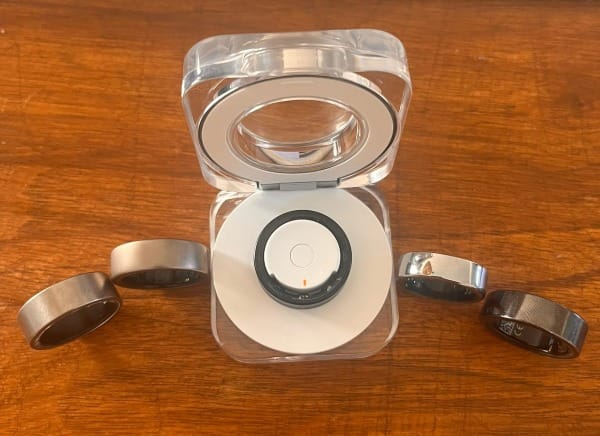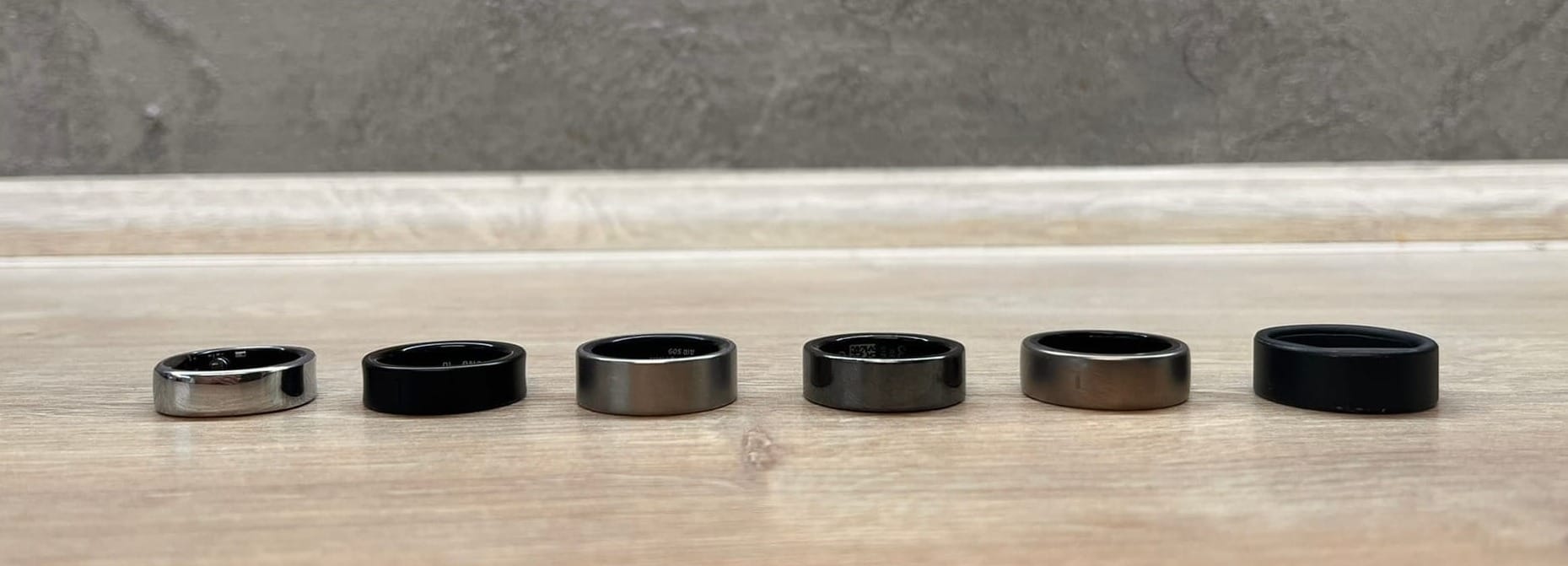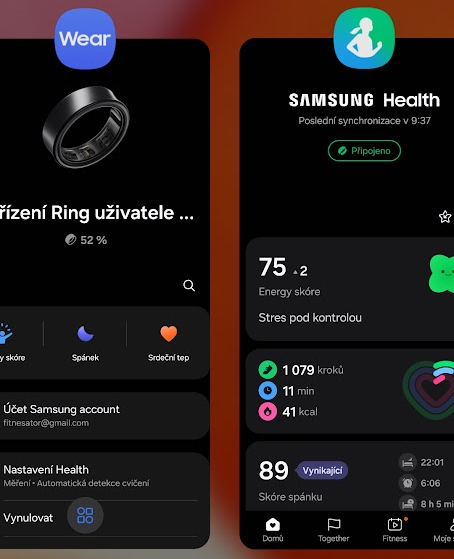Samsung Galaxy Ring – Too Expensive? How to Set It Up on iPhone? First Impressions!
Samsung Galaxy Ring: First, Second, and Third Impressions After Weeks of Use. A Luxury Charging Case but a Plastic Ring? Or Not? And How to "Use" It If You Have an iPhone?

Samsung made testing the Galaxy Ring tricky for me – I’ve been a long-time iPhone user, and the ring isn’t officially supported for iPhones
In this article, we’ll cover the following ⤵️
- My thoughts on the hardware – the ring and the charging case
- How I solved the iPhone issue – because not all Androids are created equal
- My take on the app & its features 📱
- How to get the Galaxy Ring working with an iPhone.
In other words, we’ll explore how I feel about the Samsung Galaxy Ring as an iPhone user and the owner of every relevant smart ring currently available (including the Oura Gen3, Ultrahuman Air, RingConn Gen1 & Gen2, Circular Slim & PRO, Amazfit Helio, and several clones).
Let’s dive in 💥!
💍 Hardware
After unboxing, I had mixed feelings:
- First, the ring looked cheap and plastic-like. This impression was confirmed by others around me. It starkly contrasts with the premium vibe Samsung tried to create with the glass display case during their presentation.

It’s actually quite peculiar. Perhaps it’s due to my matte black version. According to the spec sheet, the ring’s surface is titanium-coated, while the inner part is made of epoxy resin, aka plastic.

- On the other hand, the charging case looks quite luxurious. It has a unique, unconventional design, and I must say, I really like it.

The case can recharge the ring about 2.5 to 3 times and features visually appealing lighting that indicates battery status.
Smart rings are typically very passive devices without control elements like buttons. As a result, different manufacturers adopt various methods for functions like resetting the ring. Samsung’s case includes a button (located in the center of the charging dock) that can be used for resetting, among other things.
📐 Dimensions
I’ll save the full ring measurement details for the complete version of the article. However, one aspect worth emphasizing is the narrower width of the ring, making it extremely compact. An interesting detail is the outer edge of the ring, shaped like a "U," creating a slight cradle effect.

iPhone? Android? Or Another Android?
I knew testing the Samsung Galaxy Ring wouldn’t go smoothly with an iPhone. But I also knew I had an older Android phone at home. No problemo.
Or so I thought. Turns out, my Android phone runs a version older than 10.0.
Bad luck. So, I ordered the cheapest option I could find—Samsung Galaxy A14, which, by the way, is a massive brick 🧱
But hooray, testing could finally begin!
📱 Apps & More Apps
The first (unpleasant) surprise was that you need two apps:
- Wear – This app manages the ring or any other Samsung wearable device.
- Samsung Health – This is a comprehensive health app that primarily processes data from wearable devices.

From the Wear app, you can access key metrics (Score, Sleep, Heart Rate) and link directly to Samsung Health. In Wear, you can also perform basic settings, update the ring, and more.
Samsung Health, on the other hand, is a full-fledged health app covering areas like sleep, exercise, cycle tracking, body composition, food logging, and more.
Honestly, I don’t understand why wearable device management isn’t integrated into a single app along with the data. It feels unnecessarily fragmented.
⚕️ Samsung Health
I’m still processing how Samsung Health is structured. Let me highlight some features that stood out to me—both positively and negatively:
- What I don’t like is that all essential health data is crammed into a single tab, Home. I’d much prefer a clearer breakdown into categories like Sleep, Exercise, Stress, etc.

- The central metric is the Energy Score, which combines sleep, activities, and heart rate. It also includes a verbal recommendation, but this is only displayed for the current day. Historical recommendations are not available.

- Temperature is displayed in absolute values (not as deviations from a baseline), and I couldn’t find any temperature trend analysis.
- SpO2 occasionally drops suspiciously low during sleep.
- HRV (Heart Rate Variability) it’s unclear which method is used for calculation. Looking at the provided information, my readings seem completely out of the recommended range—something doesn’t add up.

- Obviously, this app is designed for a wide range of devices and data sources. This is where the Samsung ecosystem can really shine. For example, according to available information, the Samsung ring can work in synergy with a smartwatch, potentially conserving the ring’s battery when you also have a watch. There’s also the potential to control other Samsung smart devices using gestures.
- Customer support? More like "Navigate the bureaucratic maze"—as seen in my testing and with other Samsung apps.




